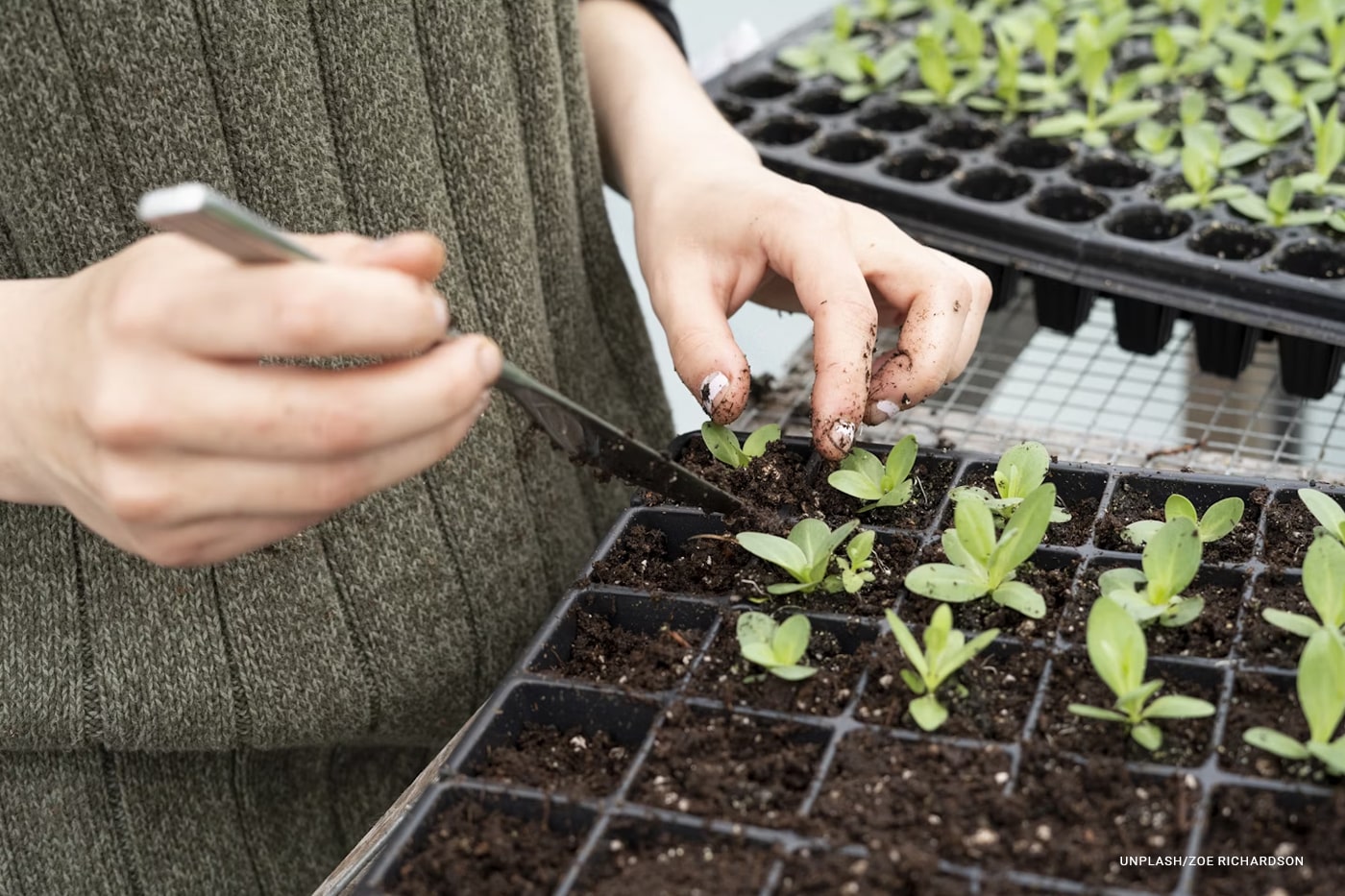Starting flower seeds indoors offers numerous advantages for gardeners and horticulturists, especially those aiming to optimize their gardening season and ensure healthy plant development. This practice provides a controlled environment that enhances seed germination rates and promotes vigorous growth, which can be challenging to achieve outdoors due to unpredictable weather conditions.
Contents []
Benefits of Starting Flower Seeds Indoors

Starting flower seeds indoors offers a head start on the growing season, better control over plant health, and cost savings. It also allows you to grow a wider variety of flowers and enjoy earlier blooms once transplanted outdoors.
Extended Growing Season
One of the primary benefits of starting flower seeds indoors is the ability to extend the growing season. By initiating seedling growth indoors, gardeners can have mature plants ready for transplantation into the garden earlier in the spring or later in the fall. This flexibility allows for a broader selection of flowers and a longer display period, resulting in a more vibrant and prolonged garden aesthetic.
Controlled Environment for Optimal Growth
Indoor seed starting provides a stable environment with controlled temperature, humidity, and light conditions. This control minimizes the risk of seed failure due to adverse weather, pests, or diseases. It also allows gardeners to tailor conditions to the specific needs of different flower varieties, ensuring healthier and more robust seedlings.
Cost-Effective and Efficient
Starting seeds indoors can be more economical than purchasing mature plants from nurseries. It reduces the need for frequent trips to garden centers and allows for the cultivation of a wider variety of flowers that might not be readily available commercially. Additionally, healthy seedlings established indoors tend to transplant more successfully, reducing plant loss and increasing overall gardening efficiency.
Enhanced Plant Selection and Diversity
Indoor seed starting enables gardeners to experiment with a diverse range of flower species and cultivars. This diversity enhances the aesthetic appeal of gardens and supports biodiversity. It also provides an educational opportunity for novice gardeners to learn about different plant varieties and their growth requirements.
Better Plant Health and Development

Starting seeds indoors allows for early intervention in case of pests or diseases. Gardeners can monitor seedlings closely, providing appropriate nutrients and care to promote strong root systems and healthy foliage. This proactive approach results in more resilient plants that are better prepared to withstand outdoor conditions once transplanted.
Mastering Indoor Flower Seed Starting: A Professional Guide
Starting flower seeds indoors is an excellent way to ensure a healthy and vibrant garden, especially when outdoor conditions are not yet suitable for planting. This guide provides detailed steps and tips to help both beginners and experienced gardeners start flower seeds indoors like a professional.
Choosing the Right Seeds

Before beginning the process, select the appropriate flower seeds based on your climate, available space, and personal preferences. Consider factors such as:
- Growing season
- Sunlight requirements
- Seed viability and germination rate
Popular choices for indoor starting include petunias, marigolds, zinnias, and impatiens, among others.
Gathering Supplies
Ensure you have all necessary materials before starting:
- Seed-starting trays or pots with drainage holes
- High-quality seed-starting soil or potting mix
- Watering can or spray bottle
- Grow lights or a sunny windowsill
- Labels for tracking seed varieties
- Optional: heat mat to promote germination
Preparing the Containers
Clean and sterilize containers to prevent disease. Fill them with moist seed-starting soil, leaving about ¼ inch space at the top. Lightly press the soil to eliminate air pockets and ensure good seed-to-soil contact.
Sowing the Seeds
Follow the specific depth instructions provided on the seed packet. Generally, small seeds are sown on the surface and lightly covered with soil, while larger seeds may need to be planted at a depth twice their size. Use a pencil or stick to make shallow holes if necessary.
Providing Optimal Conditions
Maintain consistent moisture by misting or watering gently. Cover the containers with plastic wrap or a clear lid to retain humidity, creating a mini greenhouse environment. Place the setup in a warm location, ideally between 65-75°F (18-24°C).
Lighting and Temperature

Once seeds germinate, usually within 7-14 days, remove the cover and provide ample light. Use grow lights if natural sunlight is insufficient, positioning them 2-3 inches above the seedlings. Keep the temperature steady to promote healthy growth.
Transplanting and Hardening Off
When seedlings develop their first true leaves, thin out weaker plants and transplant the strongest ones into larger containers or outdoors when conditions are suitable. Gradually expose seedlings to outdoor conditions over a week to harden them off, reducing transplant shock.
Additional Tips for Success
- Label each container clearly to avoid confusion
- Maintain consistent moisture without overwatering
- Ensure good air circulation to prevent fungal diseases
- Keep a gardening journal to track progress and learn for future seasons
By following these detailed steps, you can master the art of starting flower seeds indoors and enjoy a lush, colorful garden. Patience and attention to detail are key to achieving professional results and nurturing healthy plants from seed to bloom.



